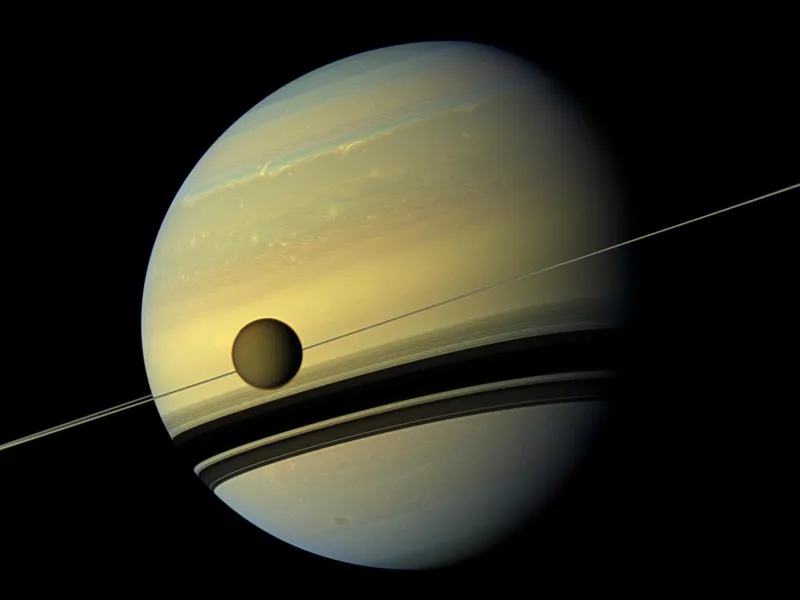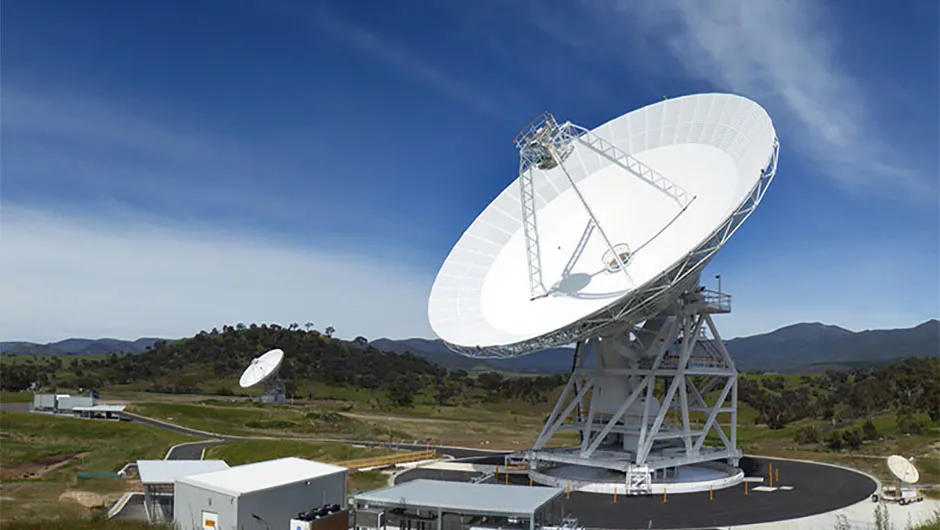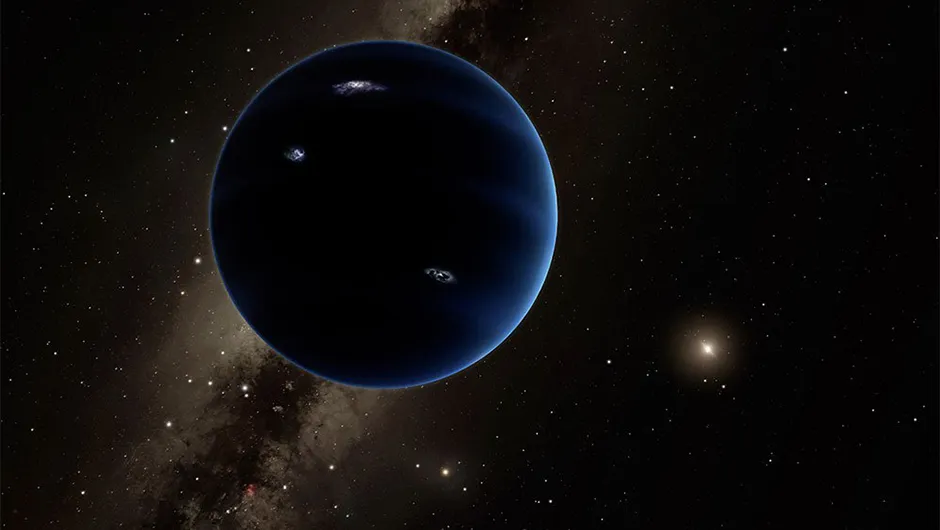How do you weigh something as distant and as collectively massive as the Kuiper Belt? Well, that's exactly what a group of astronomers have achieved.
Far away in the gloomy, distant suburbs of the outer Solar System, beyond the orbit of Neptune, lies a whole swarm of small, icy bodies.
These trans-Neptunian objects (TNOs) mostly orbit at a distance of between about 30 and 50 astronomical units (AU) from the Sun – where 1 AU is the distance between the Sun and Earth.
They make up the Kuiper Belt, a diffuse disc some 20 times wider than the asteroid belt and around 100 times more massive.
Read more from Lewis Dartnell:
- What happens when an exoplanet orbits two stars at once?
- How did Saturn's moon Titan form?
- How do binary asteroids form?

As more and more TNOs have been discovered, something very strange has been noticed. One group of TNOs cluster together and all make their closest approach to the Sun in the same sector
In 2016, an unseen ninth planet was proposed to explain these curious anomalies – a super-Earth orbiting at over 400 AU, whose gravity is shepherding these Kuiper Belt objects.
Attempts to locate this elusive potential planet have so far failed, but what would really help pin down any gravitational interactions from Planet Nine is a much clearer understanding of the masses of these TNOs.
So how do you weigh the Kuiper Belt from over 6 billion km away?
Andrea Di Ruscio, at the Sapienza University of Rome, and his colleagues have used an ingenious method to tackle this.
They used data from the Cassini mission to calculate the position of Saturn extremely accurately, and then used perturbations to this orbit to infer the cumulative mass of the TNOs.

With an intricate looping tour around Saturn and its moons for over 13 years, Cassini was one of the most complex space missions ever navigated.
This required precise tracking of the spacecraft, and so for around six hours every day the Deep Space Network of radio dishes exchanged signals with Cassini.
Distinct features of these signals allowed the Cassini team to track not only how far away the probe was (from the signal delay time), but also how fast it was travelling towards or away from Earth at the time (from the Doppler effect), and so reconstruct the spacecraft’s trajectory.

Now, Di Ruscio and his team have reanalysed this heritage Cassini navigation data and referenced the measurements to Earth’s orbit in order to pinpoint the position of Saturn to metre-level accuracy.
This is a staggering degree of precision and has enabled them to create one of the most accurate planetary ephemeris tables ever produced.
So good, in fact, that they have been able to compare the actual orbital path of Saturn with predictions to determine how much Saturn’s orbit has been perturbed by gravitational interactions from the Kuiper Belt.

Taking into account the nine particularly large TNOs that are known about, and a series of three rings within the Kuiper Belt, Di Ruscio estimates that the total mass of the Kuiper Belt is around 3.6 x 1023 kg – or about 6% that of Earth.
With this knowledge now in hand, astronomers will be able to calculate a much better picture of how this Kuiper Belt is being disturbed by a ninth planet, and where to look for it – if it does exist!
Lewis Dartnell was reading Analysis of Cassini radio tracking data for the construction of INPOP19a – A new estimate of the Kuiper Belt mass by A Di Ruscio. Read it online at HAL.
Prof Lewis Dartnell is an astrobiologist at the University of Westminster. This article originally appeared in the January 2021 issue of BBC Sky at Night Magazine.
